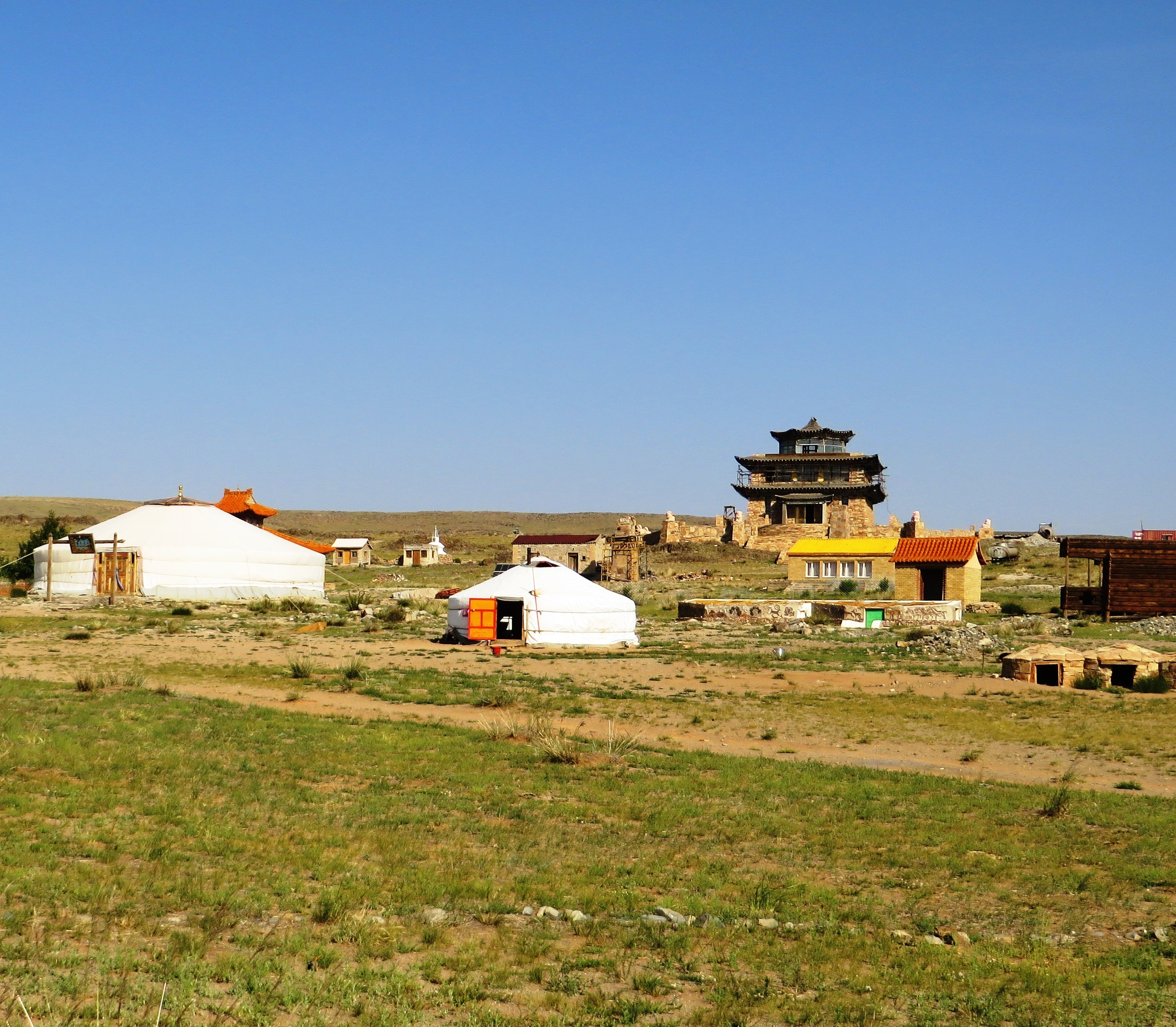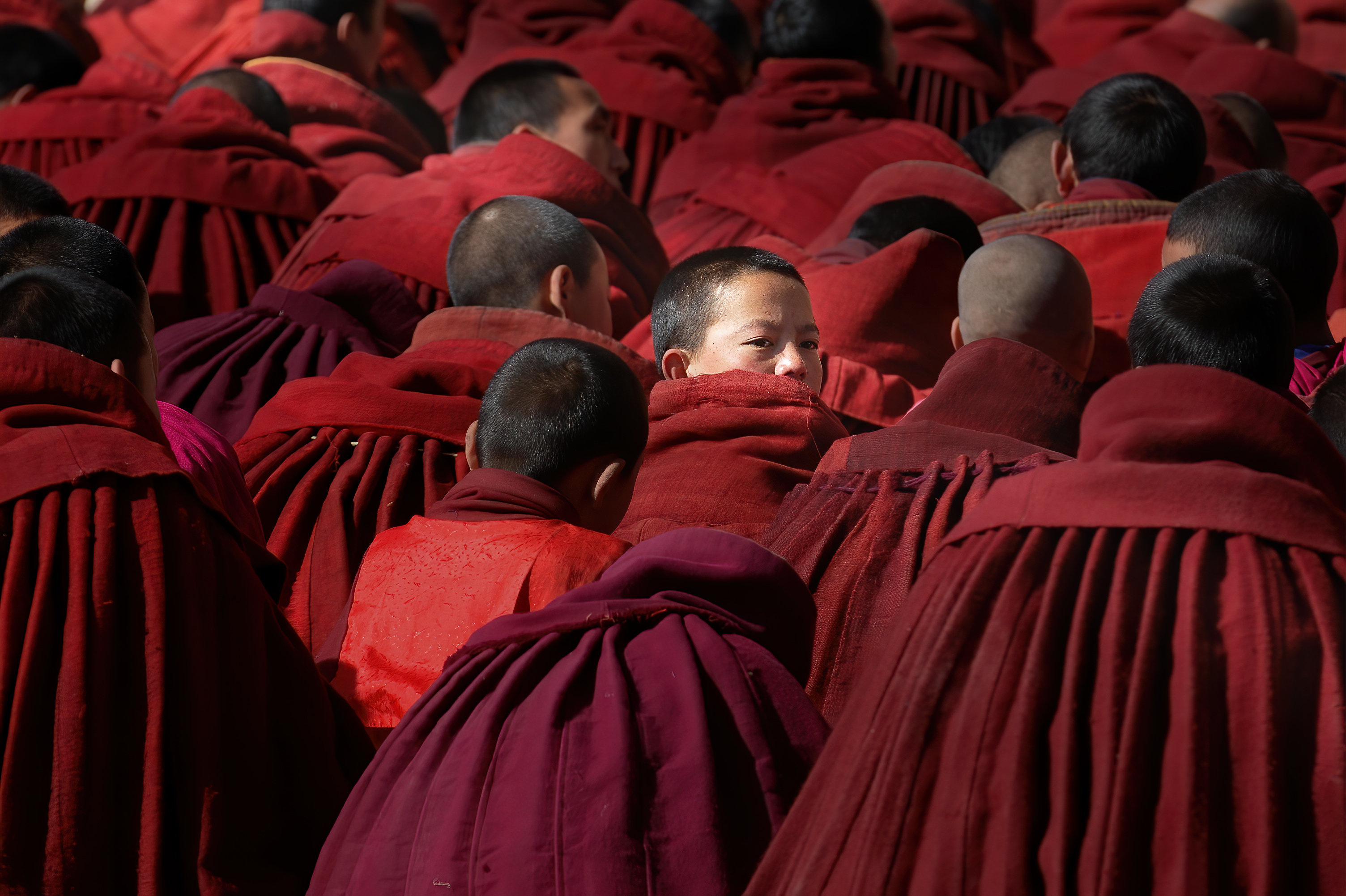Anthropology vs. travel writing
Anthropology is different from travel writing because, in travel writing, the writer goes out from, let’s say, England or America, with the interests of those people in mind. ‘What are they going to find that’s exciting, remote, exotic, or strange?’ And that’s what they bring out in their writing.
Anthropology doesn’t do that at all. Anthropology tries to convey other people’s views to us, which may be unexpected and very different. Anthropology also tries to understand some general principles about how social arrangements work.
A different economic system
I did some fieldwork in the Himalayas, which is far up in the north east of Nepal, on the border of Tibet, in a valley called Arun Valley. The people live on mountainsides at the very top. It’s snowy and there are yaks. Further down the mountain there are sheep, then fields of various kinds, and right at the bottom there are monkeys and an exotic jungle.
I was investigating economic exchanges. Up and down these mountains, people were exchanging things, which they did by barter. They didn’t use money at all. What interested me was how barter might work as an economic system and how people decided how much such and such a thing is worth. If people were exchanging, let’s say, potatoes for salt or meat, how would they work out how much to give for each of these things?
I did a study of how people were doing this and it was an interesting description of those particular people. So, that’s one way I think anthropology is not like travel writing. You’re never going to get that kind of study in travel writing.
Fieldwork in India
In India, we worked in a temple where people did a daily ritual to a deity in the Jain religion. They would lay flowers before it, say prayers or smear oil on it. It turned out that all these things they did, if you asked the people what they meant, each of them would say something different. So, we were forced to realise that there’s something about this ritual business of laying flowers that doesn’t work in the same kind of way. It doesn’t have the same intentionality as an ordinary action that’s not ritual. So, we tried to work out a theory.
Key findings
There were some key findings of this work, which were that for these people, it didn’t really matter that the meanings were different, what was important was that you did the right thing, that you made the right gesture, and that you did it in the right kind of atmosphere. We came to a theory that people only have specific meanings in ritual when there’s something else going on, like a sacred book that tells you what the ritual means. That just didn’t exist in this community, so it was a kind of philosophy where people were supposed to think for themselves, to ponder their own meanings for things. These people were working on ritual, but they didn’t have an authoritarian priest-like figure to tell them what to think about it, and we thought that this said something quite important about the way that ritual works, in general.
About 15 years ago, I did some fieldwork in Inner Mongolia, in China, in an area inhabited by Mongols. We studied a Buddhist monastery founded in the 18th century with its own liturgy, music and prayers. It was tucked away in the mountains and although most of it was destroyed in the Cultural Revolution, the core building was not.
What was interesting about it was that the monks who revived the monastery in the 1990s were determined to keep this tradition going, which was Buddhism in the Mongolian language and not in Tibetan, as in most of Mongolia. They valued it enormously, so they gathered together and as best as they could, they tried to get young lamas to join them – young boys from school – which was very difficult because the communist government insisted that they should stay in school and not go to the monastery.
What fascinated me in the end was the human relations among the monks. If you go to a monastery and you just look from the outside, you’ll see them sitting in rows and chanting in unison, and it looks as though they’re just one kind of person. But, actually, of course, they’re all completely different people. I discovered that, during the Cultural Revolution, the terrible things that they’d had to experience made them practically enemies, some of them, at loggerheads with one another. What I tried to do was to illustrate how difficult it is to maintain a cultural tradition and to restore it by asking young people to get over these terrible bitternesses between the people who are carrying them.
Reviving the monastery
The Cultural Revolution was not like the Russian Revolution: the Russian Revolution and the Soviet system went on from 1921 until 1990, whereas the Cultural Revolution was quite a short episode, lasting 10 years or so. Many young men or boys in the monastery were thrown out or put in jail, and somehow survived. Come the 1980s, there they were, in their 50s and 60s, very keen to revive it. They learned all the prayers, the liturgy and the chants by heart so that they were able to reconstitute the monastery.
Current threats
There are many new threats to the monastery. One is a purely physical one, which is that the Chinese government has built a massive new motorway and a railway streaming out from Beijing over to the west, which cuts through the monastery lands. It’s physically quite difficult to even get to this monastery these days.
But I think a more serious threat is that the whole of Chinese culture nowadays is very secular, and young people don’t want to enter a monastic life, which is very hard. It involves many hours of learning and chanting, and it’s a very austere life. There’s no fun in that monastery, no good food and no girls, of course. You have to be a very particular person to want to take on that kind of life. It’s increasingly difficult to find that person in the commercial culture that there now is in China.
Another problem is simply money. You need a congregation to give money to support a monastery, and what’s happened in this part of Inner Mongolia is that the Mongolian herders who used to live around there have been more or less dispersed because of various policies that China has about ecological preservation of the grasslands. Rather mistakenly, they imagine that the Mongols are overgrazing the land and causing ecological devastation, so they’ve closed down the pastures. This means that a lot of people who would be going to the monastery as a kind of service for them and their families have moved away.
The contribution of the anthropologist
The contribution of the anthropologist is to understand what kind of impetus people have to try and preserve these cultures: what about it they find precious and what they stand by as their tradition. Why wouldn’t they turn the monastery into some kind of tourist outfit, for example? It’s a very prominent thing that’s happening all over China, in remote areas. They try to make them attractive for tourists and have money come in that way. This monastery was very determined not to do that.
So, I think what anthropology tries to do is to convey what these values are. They’re quite largely aesthetic ones. They really do think these chants are beautiful. The poetry, which was written in the 18th century is, in fact, very neatly and wonderfully put together. Of course, they also have a moral aspect to it: they think the way their 18th century founder set up this tradition of Buddhism is the right one. They believe that he gave good instructions about how to live, and what a moral life should be, so they try to follow that.


